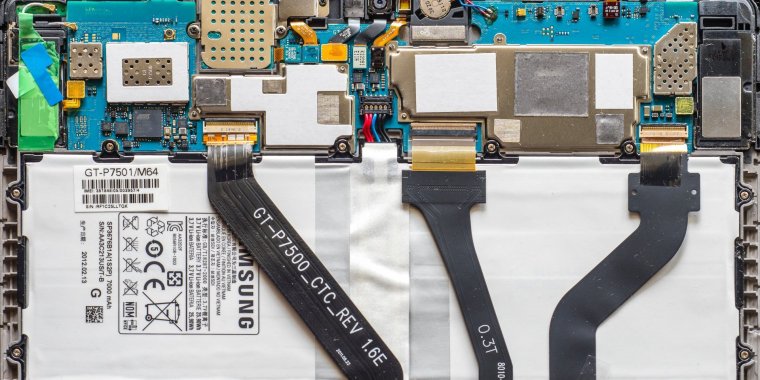| News / Science News |
Easy-to-make, ultra-low power electronics could charge out of thin air
Electronics that consume tiny amounts of power are key for the development of the Internet of Things, in which everyday objects are connected to the internet. Many emerging technologies, from wearables to healthcare devices to smart homes and smart cities, need cost-effective transistors and electronic circuits that can function with minimal energy use.

Easy-to-make, ultra-low power electronics could charge out of thin air. Photo: Alexander Schimmeck/Unsplash
Printed electronics are a simple and inexpensive way to manufacture electronics that could pave the way for low-cost electronic devices on unconventional substrates – such as clothes, plastic wrap or paper – and provide everyday objects with ‘intelligence’.
However, these devices need to operate with low energy and power consumption to be useful for real-world applications. Although printing techniques have advanced considerably, power consumption has remained a challenge – the different solutions available were too complex for commercial production.
Now, researchers from the University of Cambridge, working with collaborators from China and Saudi Arabia, have developed an approach for printed electronics that could be used to make low-cost devices that recharge out of thin air. Even the ambient radio signals that surround us would be enough to power them.
Since the commercial batteries which power many devices have limited lifetimes and negative environmental impacts, researchers are developing electronics that can operate autonomously with ultra-low levels of energy.
The technology developed by the researchers delivers high-performance electronic circuits based on thin-film transistors which are ‘ambipolar’ as they use only one semiconducting material to transport both negative and positive electric charges in their channels, in a region of operation called ‘deep subthreshold’ – a phrase that essentially means that the transistors are operated in a region that is conventionally regarded as their ‘off’ state.
The team coined the phrase ‘deep-subthreshold ambipolar’ to refer to unprecedented ultra-low operating voltages and power consumption levels.
If electronic circuits made of these devices were to be powered by a standard AA battery, the researchers say it would be possible that they could run for millions of years uninterrupted.
The team, which included researchers from Soochow University, the Chinese Academy of Sciences, ShanghaiTech University, and King Abdullah University of Science and Technology (KAUST), used printed carbon nanotubes – ultra-thin cylinders of carbon – as an ambipolar semiconductor to achieve the result.
“Thanks to deep-subthreshold ambipolar approach, we created printed electronics that meet the power and voltage requirements of real-world applications, and opened up opportunities for remote sensing and ‘place-and-forget’ devices that can operate without batteries for their entire lifetime,” said co-lead author Luigi Occhipinti from Cambridge’s Department of Engineering. “Crucially, our ultra-low-power printed electronics are simple and cost-effective to manufacture and overcome long-standing hurdles in the field.”
The work paves the way for a new generation of self-powered electronics for biomedical applications, smart homes, infrastructure monitoring, and the exponentially-growing Internet of Things device ecosystem. (University of Cambridge)
YOU MAY ALSO LIKE





